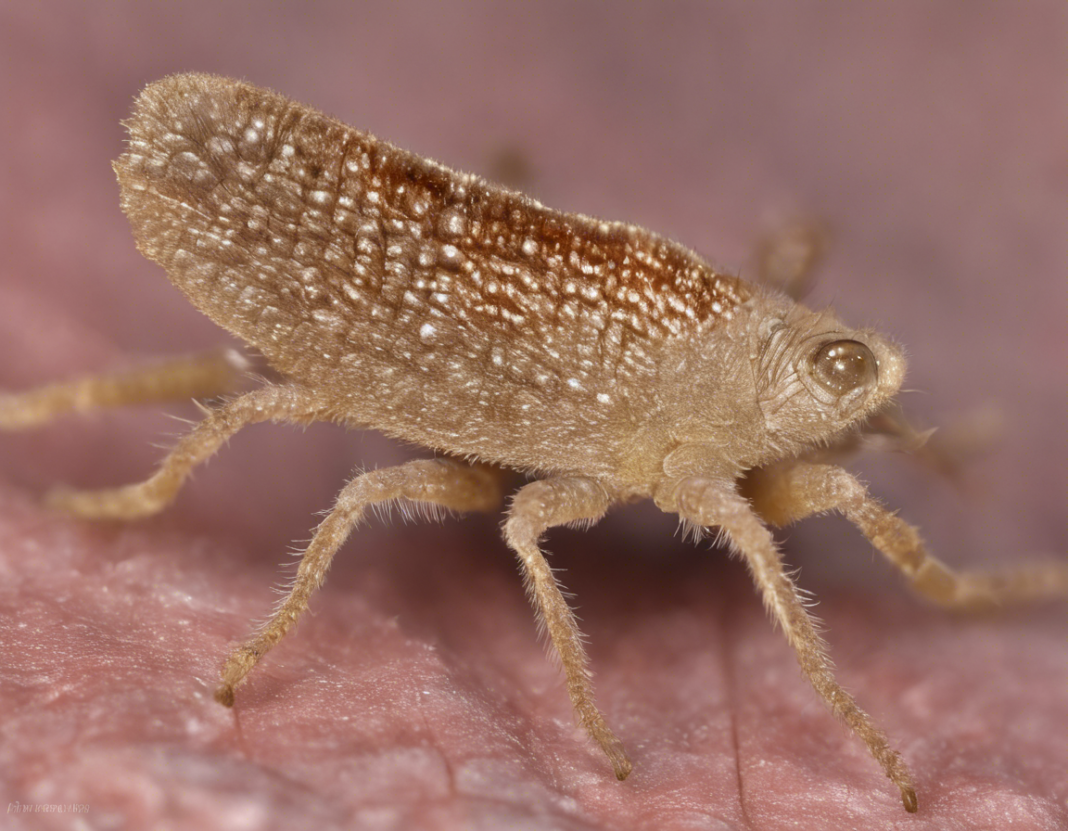Dermatophagoides farinae, commonly known as the American house dust mite, is a microscopic eight-legged arthropod belonging to the spider family. These tiny creatures thrive in warm, humid environments and are a common source of allergies in people all around the world. While they are virtually invisible to the naked eye, their presence can trigger a range of allergic reactions in sensitive individuals. In this comprehensive guide, we will delve into various aspects of Dermatophagoides farinae, including its biology, the allergic reactions it can cause, and most importantly, practical tips for allergy relief.
Understanding Dermatophagoides Farinae
Dermatophagoides farinae is a species of dust mite that primarily feeds on flakes of human skin. These microscopic creatures thrive in warm and humid environments, with humidity levels above 70% providing the ideal conditions for their growth and reproduction. They can be found in bedding, upholstered furniture, and carpets, making homes a common dwelling place for these allergens.
Allergic Reactions to Dermatophagoides Farinae
Exposure to Dermatophagoides farinae can trigger a range of allergic reactions in susceptible individuals. The primary allergen produced by these dust mites is a protein found in their feces and body fragments. When inhaled or in contact with the skin, this allergen can lead to allergic rhinitis, asthma, or eczema. Common symptoms of a dust mite allergy include:
– Sneezing
– Runny or congested nose
– Itchy, red, or watery eyes
– Coughing
– Wheezing
– Shortness of breath
– Skin rashes
Tips for Allergy Relief
If you suspect that you have a dust mite allergy or if you have been diagnosed with one, there are several steps you can take to reduce your exposure to Dermatophagoides farinae and alleviate your symptoms. Here are some practical tips for allergy relief:
1. Encase Your Mattress and Pillows
Using dust mite-proof covers for your mattress, pillows, and duvet can create a barrier between you and the dust mites, reducing your exposure to their allergens while you sleep.
2. Wash Bedding Regularly
Washing your bedding in hot water (at least 130°F or 54°C) on a weekly basis can help kill dust mites and remove their allergens from your sheets and pillowcases.
3. Reduce Humidity
Since dust mites thrive in humid environments, maintaining a relative humidity level below 50% in your home can help control their growth. Using a dehumidifier or air conditioner can aid in reducing humidity levels.
4. Vacuum and Dust Regularly
Vacuuming carpets, furniture, and curtains with a HEPA filter vacuum cleaner can help remove dust mites and their allergens from your living spaces. Make sure to dust surfaces with a damp cloth rather than a dry one to prevent allergens from becoming airborne.
5. Limit Plush Furnishings
Reducing the number of plush furnishings in your home, such as rugs, thick curtains, and upholstered furniture, can help minimize the areas where dust mites can thrive.
6. Consider Air Purifiers
Using HEPA (High-Efficiency Particulate Air) air purifiers in your home can help trap dust mite allergens and improve the air quality, especially in bedrooms and living areas.
7. Consult with an Allergist
If you suspect you have a dust mite allergy and are experiencing persistent symptoms, it is essential to consult with an allergist. They can perform allergy testing to confirm the diagnosis and provide personalized treatment options.
Frequently Asked Questions (FAQs)
1. How can I tell if I have a dust mite allergy?
Symptoms of a dust mite allergy often mimic those of other allergies, such as hay fever. Common signs include sneezing, a runny or congested nose, itchy eyes, coughing, and skin rashes.
2. Can dust mite allergies be cured?
While there is no cure for dust mite allergies, symptoms can be effectively managed through allergen avoidance, medication, and immunotherapy (allergy shots).
3. Are dust mites only found in beds?
Dust mites can be found in various areas of the home, including bedding, upholstered furniture, carpets, and curtains. They thrive in environments with high humidity levels.
4. Do air purifiers help with dust mite allergies?
HEPA air purifiers can help trap dust mite allergens and improve indoor air quality. However, they should be used in conjunction with other allergen reduction strategies for optimal effectiveness.
5. Can I outgrow a dust mite allergy?
While some children may outgrow their dust mite allergies, many adults continue to experience symptoms. It is essential to manage your allergy proactively to reduce the risk of flare-ups and complications.
6. Are there natural remedies for dust mite allergies?
Natural remedies such as eucalyptus essential oil or allergen-neutralizing sprays may provide some relief for dust mite allergies. However, it is crucial to consult with a healthcare professional before trying any alternative treatments.
7. How often should I replace my pillows to reduce dust mites?
It is recommended to replace pillows every 1-2 years to reduce the accumulation of dust mites and their allergens. Using dust mite-proof pillow covers can also help extend the lifespan of your pillows.
8. Can dust mite allergies cause asthma?
Prolonged exposure to dust mite allergens can exacerbate asthma symptoms or trigger asthma attacks in individuals with asthma. Managing dust mite allergies is crucial in minimizing asthma-related complications.
9. Do dust mite allergies worsen in winter?
Dust mite allergies may worsen in winter when homes are typically more insulated and heated, creating optimal conditions for dust mite proliferation. Implementing allergen reduction strategies is vital year-round.
10. How long do dust mites live?
Under favorable conditions, dust mites can live for about two to three months. Regular cleaning and maintaining optimal humidity levels can help control dust mite populations in your home.
By implementing these allergy relief strategies and staying informed about Dermatophagoides farinae and dust mite allergies, you can effectively manage your symptoms and create a healthier indoor environment for you and your family. Stay proactive in reducing dust mite exposure, and consult with healthcare professionals for personalized guidance on managing your allergies effectively.

